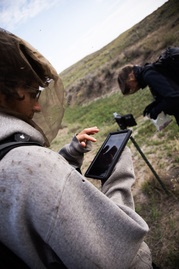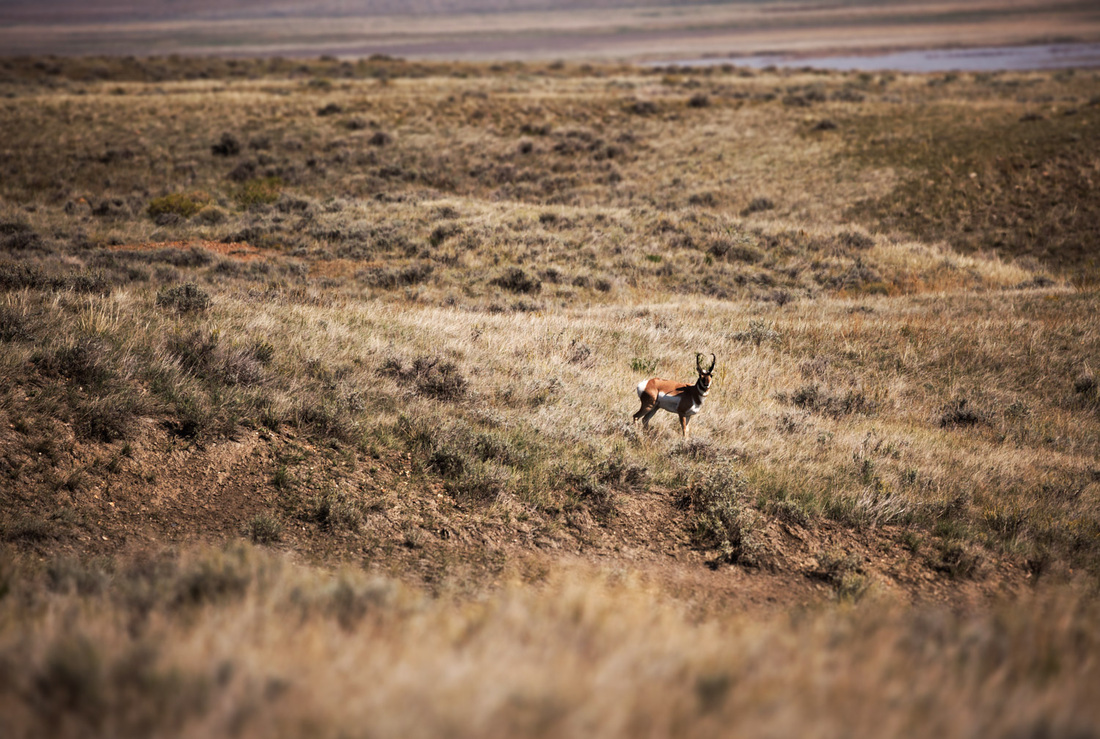For his first conservation-oriented project, Brooklyn, New York-based photographer and filmmaker Erik Goldstein knew he wanted something big.
The American Prairie Reserve (APR) turned out to be that thing—it is big, both physically and symbolically.
“I knew I had found something special [in APR],” Erik says. “Here is a program on the ground floor of becoming the largest protected wildlife area in the US.”
“I watched every sunrise and sunset,” Erik said. “I woke up to a herd of bison around my tent, and listened to coyotes howl at night…The [crew was] out hiking over 15 miles, every day, for a month or more.” A self-described “believer in the use of technology for conservation,” he left the prairie impressed with ASC’s strategies and the Landmark volunteers.
Landmark crews use Google tablets to record field data, which is uploaded to ASC’s system and can be immediately reviewed by project managers. This direct, digital system allows ASC to ensure the integrity of the data that APR will use.
“I find it amazing how much I learned from [the crew] in a relatively short period,” Erik said. “It was great to listen to their stories of being on the prairie. You could tell each one of them is walking away from this with an experience they will not forget.”


